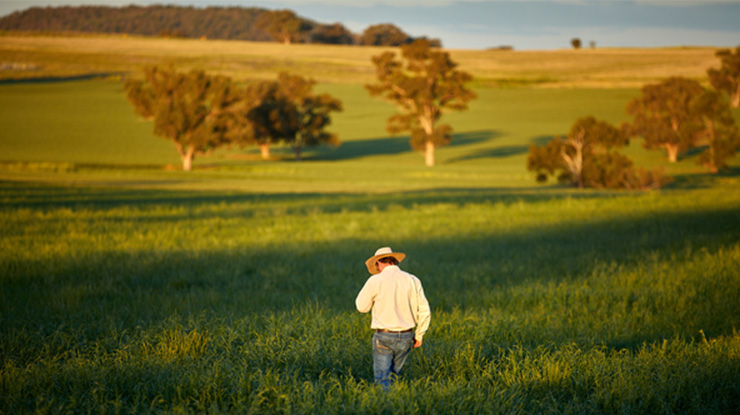
Getting to the carbon bottom line
Producers around Australia have recently participated in a pilot series of MLA-organised workshops on carbon accounting to support the Australian red meat industry's goal of being carbon neutral by 2030 (CN30).
The workshops guided producers through the process of determining their net greenhouse gas (GHG) position. This is a fundamental first step in identifying how to achieve a carbon neutral livestock enterprise.
There are two key steps to carbon accounting:
- Calculating the emissions
The main GHGs generated by ruminant livestock production are methane (from ruminant production), carbon dioxide (from fossil fuels, fertiliser application and fertiliser production), and nitrous oxide (from fertiliser application and manure).
A livestock inventory (livestock numbers, ages, weights, weight gain, births, deaths, sales, purchases and pregnancy status) and an inventory of purchased inputs (fuel, fertiliser, feed etc.) are required to establish total farm emissions.
- Calculating stored carbon
Currently this is based on increases in vegetative biomass (such as tree plantings), soil carbon data from sampling and, where applicable, changed savannah burning practices.
What is the value of a carbon account for my farm?
Reasons for undertaking a carbon account include:
- Benchmarking: An account provides a baseline for measuring the impact of various scenarios on carbon output and to measure gains.
- Trading: To identify high level opportunities for entering the carbon market and the selling of approved carbon units or offsets.
- Market opportunities: To participate in low carbon or carbon neutral supply chains.
- Knowledge: To gain an understanding of exactly how much carbon is emitted and stored by farming practices and to identify opportunities for improvement.
How do I get started?
Producers can contact a consultant working in carbon accounting or there are freely available spreadsheets for various livestock industries. These can be found at: greenhouse.unimelb.edu.au/Tools.htm
|
What is emissions intensity and why is it important? A key learning for producers participating in the MLA carbon accounting pilot workshops has been the importance of emissions intensity. Emissions intensity is an environmental key performance indicator, measuring the emissions relative to farm output. It allows producers to compare the performance of their farm to other farms regardless of the size of the operation. It also allows producers to measure their performance over time as their operation expands. Dr Stephen Wiedemann from Integrity Ag & Environment, who ran the MLA workshops, said while the perception can sometimes be that low input systems are best, this isn’t always the case for GHG emissions intensity. "Taking longer to finish young livestock increases emissions from enteric methane and manure. The longer the animal lives, the higher the emissions. One key to reducing emissions is having animals hit target weights faster. The modelling shows doing this with supplementary feeding is effective, even when the emissions from purchased feed are accounted for," he said. Other herd management practices, such as increasing fertility and reducing the average age of the herd can also lead to reduced emissions. “There is no point having a grass raised cow who doesn't produce a calf – this results in all the emissions without the productivity and, across the herd, increases emissions intensity." |



